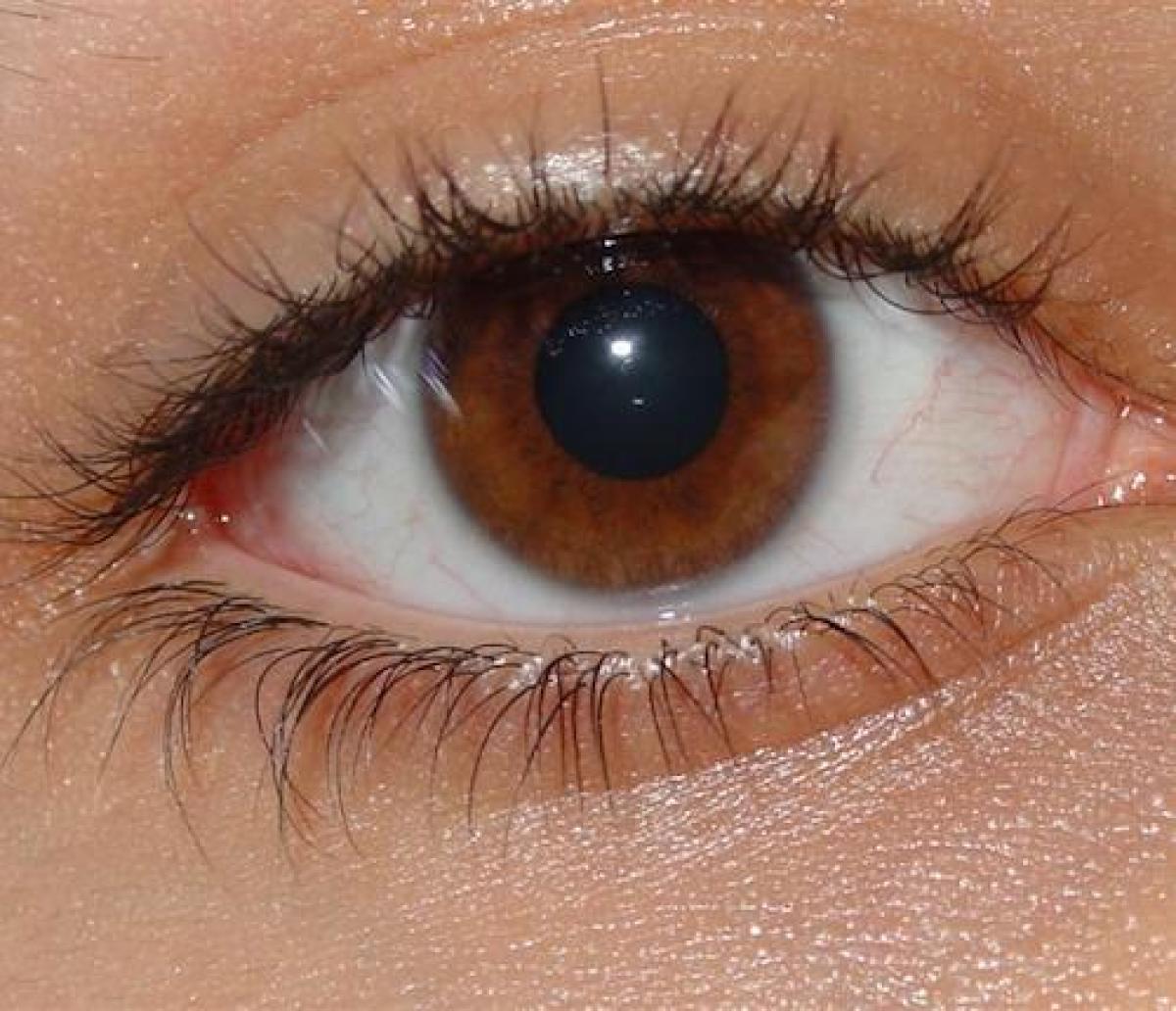Golden Rice: How GMOs Can Help
At dinner you look down at your plate and see something new: curly dark green leaves that look like lettuce, but taste a little bitter. It’s called kale. You would rather eat mashed potatoes instead, but your parents tell you that you have to at least try this new vegetable before you finish your dinner. Your parents are doing this for good reason: they know that kale has lots of vitamins.

Vitamins are chemicals that the cells in your body need to be healthy. It’s especially important that quickly growing children have plenty of vitamins in their diets.
In some regions of the world, people do not have access to different types of vegetables. Imagine what it would be like to eat rice as the main food in every meal–every breakfast, every lunch, and every dinner. This is what life is like for millions of children in parts of Asia. They mainly eat rice. But this is problematic because rice is very low in vitamins. These children are not getting enough Vitamin A and many of them get very sick.
More than 250,000 children will go blind each year from not getting enough Vitamin A, and half of these children will die before adulthood. Unfortunately there are no grocery stores where these children live. Instead, their families must grow all the food they eat and rice is the easiest crop to grow in these regions.

What if we could use genetic engineering to make a type of rice that has the molecules your body needs to make Vitamin A, using the same chemical processes found in carrots? In fact, this is what scientists have done with genetically modified organisms (GMOs) such as transgenic plants. Golden rice is a transgenic plant that makes beta-carotene.
But many people are afraid of this research and some people have damaged golden rice crops to try to stop it. Only through careful experiments will we be able to tell if golden rice can help cure diseases and if this new type of rice will grow as well as traditionally grown rice varieties.
Golden rice is only one example of how GMOs or transgenic plants can be helpful. Some of these plants are already used in the United States, allowing farmers to use less harmful pesticides and herbicides.
Images via Wikimedia Commons. Eye close up by Jorge Royan.
Read more about: What's a GMO?
Bibliographic details:
- Article: Golden Rice
- Author(s): Dr. Biology
- Publisher: Arizona State University School of Life Sciences Ask A Biologist
- Site name: ASU - Ask A Biologist
- Date published: 31 Mar, 2015
- Date accessed:
- Link: https://askabiologist.asu.edu/golden-rice
APA Style
Dr. Biology. (Tue, 03/31/2015 - 11:17). Golden Rice. ASU - Ask A Biologist. Retrieved from https://askabiologist.asu.edu/golden-rice
Chicago Manual of Style
Dr. Biology. "Golden Rice". ASU - Ask A Biologist. 31 Mar 2015. https://askabiologist.asu.edu/golden-rice
Dr. Biology. "Golden Rice". ASU - Ask A Biologist. 31 Mar 2015. ASU - Ask A Biologist, Web. https://askabiologist.asu.edu/golden-rice
MLA 2017 Style

Vitamin A is an important nutrient your body needs to keep your eyes healthy.
Be Part of
Ask A Biologist
By volunteering, or simply sending us feedback on the site. Scientists, teachers, writers, illustrators, and translators are all important to the program. If you are interested in helping with the website we have a Volunteers page to get the process started.

